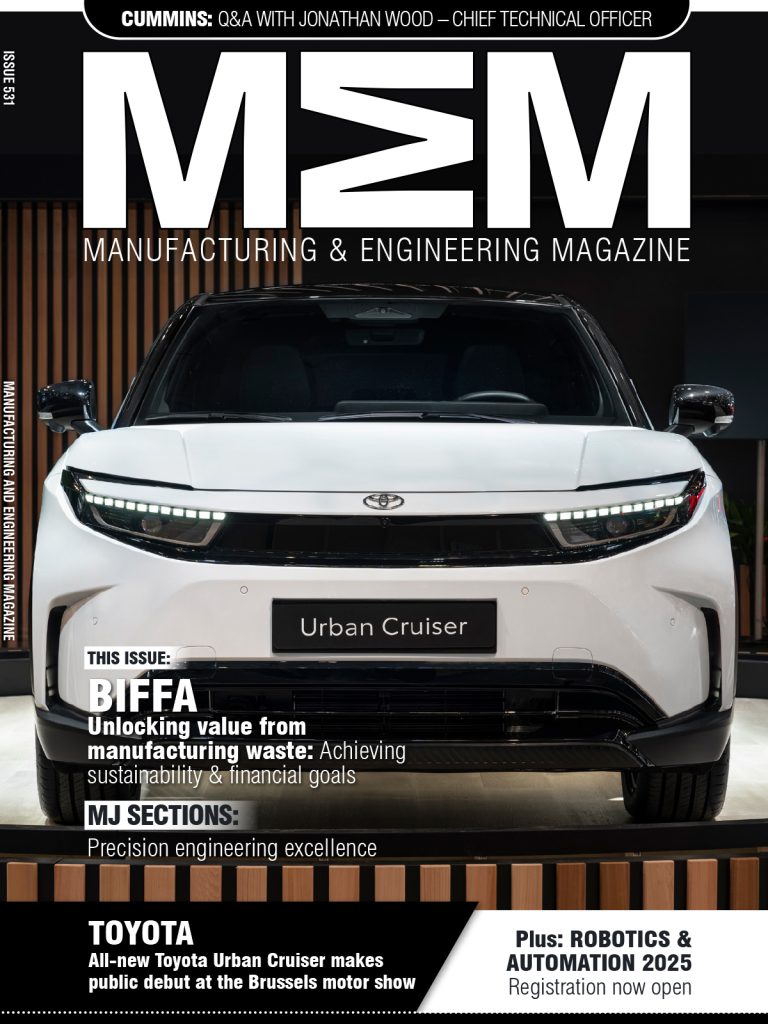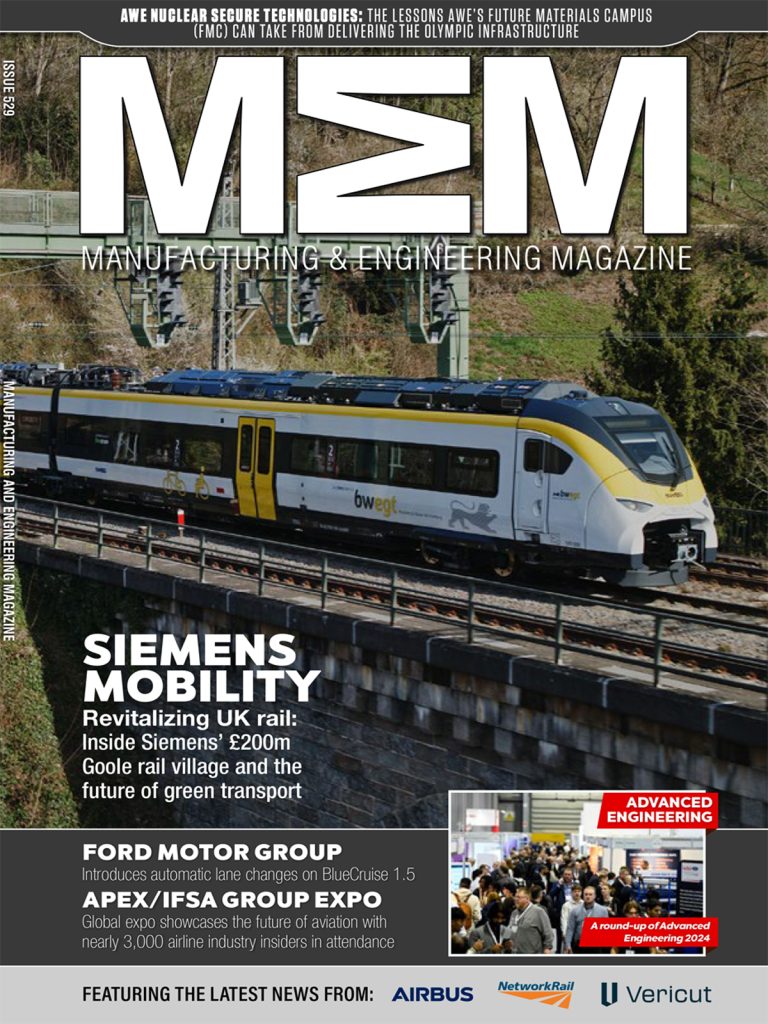Electronic Data Interchange, or EDI has developed from business tools used in the 1960s. The vital question is whether the this technology is still useful in today’s business sectors. Usually utilised in a wide range of sectors including automotive and retail, EDI is still being used 60 years after its initial development, but not in the same way as before.
EDI is useful to a range of sectors because it is a well established and mature form of data collection and communication. If this processing method were to be changed for technology that was more up to date, new messages would have to be created that worked at the same level of efficiency. EDI has been a part of of business management for a long time, meaning most individuals, organisations and business networks have built up extensive experience using this business tool and 5the various different industry-specific protocols are understood by all.
It’s also a system that has continued to evolve through the years, with the creation of new standards that have been created in order to meet the specific needs of each sector such as MMOG or the PEPPOL standards used in the public sector. EDI is also changing with the incorporation of the The Cloud and The Web. These Technological developments have allowed EDI to be used as a managed services open to a number of business partners with low costs upfront and little need to retain a whole team of EDI specialists.
Going forward, it is important that EDI systems are equipped to handle the transfer of more and more increasing amounts of data. This increase in the amount of data collected and transmitted covers even smaller companies operating with the use of emails and phone calls. Customisation of the data collection also allows for the increase of traffic a significant amount. EDI remains an affordable managed service that is accessible to a wide range of companies as well as dependable.
Manufacturing & Engineering Magazine | The Home of Manufacturing Industry News














